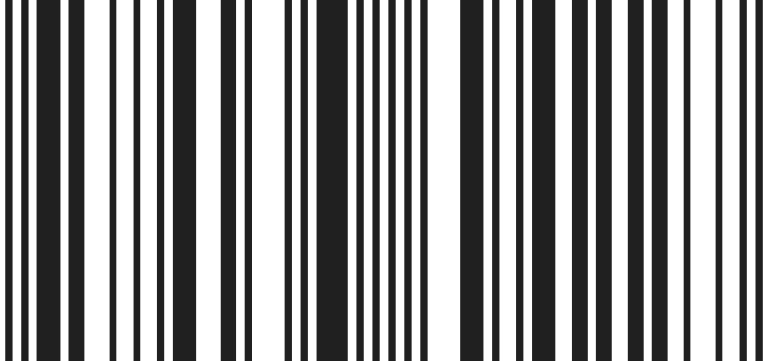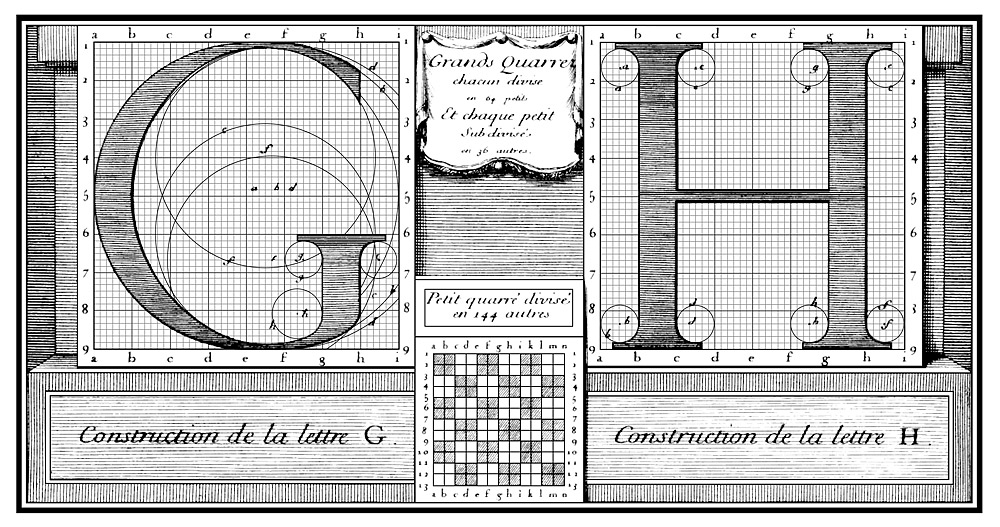In the middle of the pacific ocean lies a micronation called Tokelau, inhabited by about 1400 souls. This tiny island country is the second largest domain in the world after .com, with over 25 million registrars in 2014. How did this happen? Every country is assigned a top level domain (TLD), only Tokelau wasn’t doing anything with it. In 2000 there were only four phone lines, and none of the inhabitants had even seen a webpage. A Dutch entrepreneur came to the islands with the idea to offer the web domains of Tokelau (.tk) for free, and make money with advertisements on the webpages. Now one-sixth of the Tokelau economy comes from .tk domain revenue. Thanks to the 25 million digital inhabitants, Tokelau has put itself on the map, but perhaps not in a way that will benefit the islanders in the long run. No land is more than two meters above sea level, and sooner or later this micronation will dissappear in the sea. By then it will only exist online, digitally inhabited.
Game Changers
If you ever played a videogame you are familiar with the limited amount of choice in characters. Female gamers are used to being forced to play a male character, and usually characters have a white skin. Recently game developers have responded to the lack of diversity in games by creating game characters that better reflect society’s diversity. Rust is a first-person survival game created in 2014 by Facepunch studios from the UK. Originally all game characters were bald white men, but then developer Garry Newman decided to change this. Now every player is assigned a random character, which could be black, or white, male or female. The assigned character is used the entire game. The update immediately sparked outrage, particularly amongst white male players. Female players were more pragmatic. Newman, ‘They point out that they’ve already being play Rust as men for the past two years.’
The Unofficial Logo of Capitalism
No matter how many brands and product names come and go, the most consistent label on products is the barcode. Since the 1980s the barcode has been tremendously influential in the standardisation of consumer products. Patented in 1952, the barcode was an invention of Joe Woodland who was a graduate student at Drexel Institute of Technology in Philadelphia in the U.S. His colleague Bob Silver overheard a supermarket executive asking for a way to speed up stocktaking. He mentioned it to Woodland who took it upon him to come up with a solution. Woodland was inspired by Morse code, and once as he was sitting on Miami beach drew his fingers in the sand and came up with the idea that the strips could be thick or thin. The barcode has succeeded in becoming the unofficial logo of international trade.
The King’s Type
If you already have everything, what else could you want? Your own typeface. This is what Louis XIV, the sun king of France commissioned in 1692. The ‘Romain du Roi’ was engraved by Louis Simoneau for the exclusive use by Louis XIV. It took a group of type cutters and scientists more than 50 years to produce, and in 1745 all twenty-one sizes of roman and italic letters were cut. The typeface is an outstanding example because it was one of the first grid based typefaces, built up on a 8 x 8 grid. Although roman capitals were constructed, lower case letters were not based on a grid at the time. The designs for the Romain du Roi were loosely interpreted for use by type cutter Philippe Grandjean, for the rigidity of the design would have made the typeface too dull. Louis XIV was not the only ruler who had his own type made, in 1804 Napoleon commissioned the Didot as the ‘Romain de L’Empereur’, the emperor’s roman.
Stamps Towards Equality
India celebrated international women’s day by introducing a gender equality stamp. Designed by Mirko Ilić, the stamps can be combined to creat images of faces made up from different genders. This is especially remarkable since India ranks 127 of 142 in the gender inequality index. Only 15% of women are employed in the formal sector. female participation in the workforce has actually declined since 1988. India has a so-called sticky floor, the majority of women cannot rise above a certain level of earnings, skills, and benefits. The high-level committee on status of women, formed in 2012 by the government of India, aims to increase gender equality and has recommended 50% seat share for women in government and laws that prevent violence against women.




